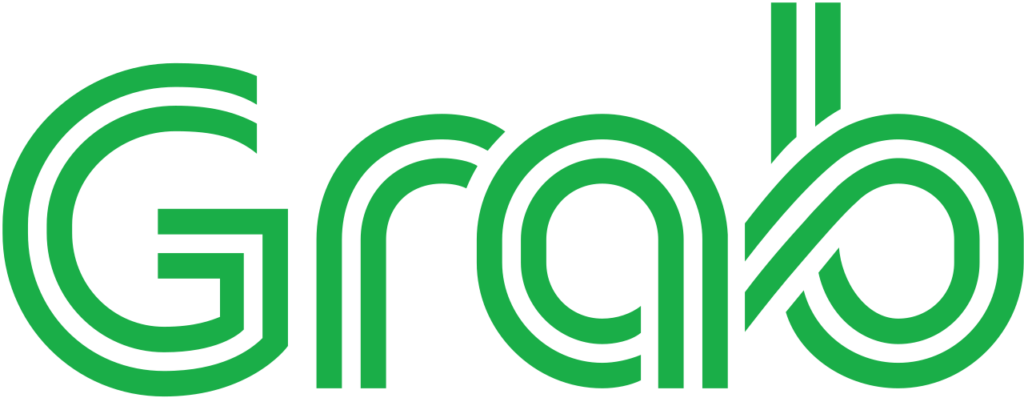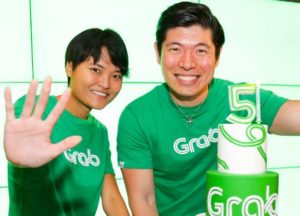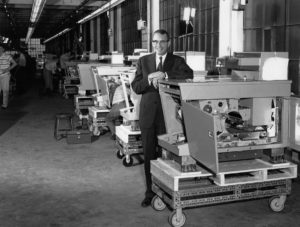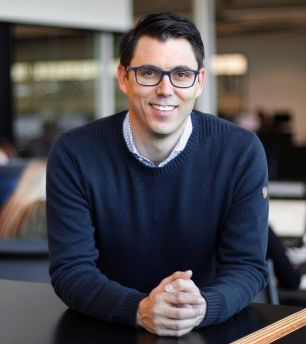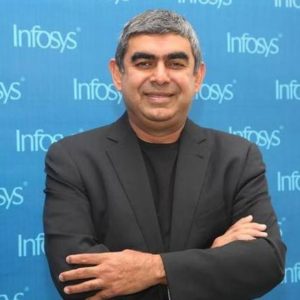Busuu : An Interactive Online Language Learning Platform
There can be any reason if a person wants to learn a new language, whether it is required for a new job, or settling down in another country, or for fulfilling a long-time desire or hobby. But it is not necessary that one would get the required language’s classes near them, and that too, at affordable prices. But worry not. There are numerous mobile apps and online platforms that are helping people learn new languages. One such platform is Busuu, one of the world’s largest social networks for language learning, founded by Bernhard Niesner and Adrian Hilti as their MBA project, and today, over 90 million people are registered to the platform.
Bernhard Niesner was born and brought up in Vienna. After completing his school education, he joined the Vienna University of Economics and Business to get a graduate degree in business. On completing his graduate degree in 2003, he moved to Madrid to work with Roland Berger as a consultant. After working for a 9 to 5 job for two years, Niesner realised that he does not want to get stuck into a 9 to 5 job, but wanted to start a business of his own. He left the job and to enhance his business skills, he joined the IE Business School in Madrid and took an MBA for his post-graduation.
While at the business school, Bernhard met his future partner and co-founder of Busuu, Adrian Hilti, at a seminar. The two were sitting together and shared friendly vibes. Hilti was also a student at the business school. But before that, he had been worked with companies like Shockfish and Arthur D Little.
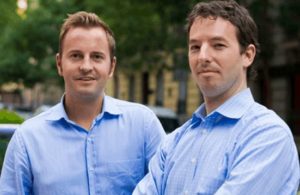
The two became friends and collaborated for their MBA project. For the project, they decided to build a language learning platform that would ease out the process of learning for different types of people by letting them interact with each other. Though the project could not make through the Bootcamp, the two kept working on the same. By the time, they had realised that their idea may transform as a great project. Since they were studying in an international university, they got the opportunity to test their project on people from different culture and backgrounds. They also had the accessibility to the computer labs, as well, so they get to work on the project full time, even they were studying.
In 2007, eventually, they get to rent their own office in Madrid, and their project became their first startup. While their friends and colleagues were applying for jobs in big MNCs, the two remained focussed on their project and stayed in Madrid to grow it. The two officially launched their startup naming it Busuu in 2008 (named after the endangered language from Cameroon), a free version of an online language learning platform.
The two being business students knew that their startup needs more promotions. So they connected with a few bloggers and ran some ad campaigns as well. In fact, one of their video ads even won the Silver Lion award in the International Advertising Festival in Cannes.
In 2009, the company launched the premium version of the service, and the next year, the company introduced its first mobile app. The same year, the company even launched a short course to encourage the usage of Busuu language.
In 2012, the company hosted its Series A round of funding and raised 3.5 million euros. This helped the company expand to the international markets and add new features to the platform. In the same year, Busuu shifted its headquarters to London from Madrid. In 2014, the company partnered with London-based educational company Pearson, offering gSET certificate in English on Busuu. After another partnership with McGraw-Hill Education in 2015, the company started providing the users with the McGraw-Hill Education certificates for completing a course in English, Spanish, French, German, Italian and Portuguese. The company also received a €6 million investment form the company.
Busuu then introduced educational courses for organisations, colleges and universities in 2016, which gave the learners the access to the Busuu premium service, and the platform acted as a Learning Management System. In 2017, Busuu partnered with Google, adding voice-activated lessons in Spanish to Google Home. It even built a VR app for Oculus Gear and Oculus Go to help people learn Spanish.
Busuu and its co-founders, since its inception, has won over 19 awards, including Best Language App by the German Association for Consumer Studies, the Bloomberg Innovator award, and was selected as ‘best of 2015’ apps by Google Play.

Yashica is a Software Engineer turned Content Writer, who loves to write on social causes and expertise in writing technical stuff. She loves to watch movies and explore new places. She believes that you need to live once before you die. So experimenting with her life and career choices, she is trying to live her life to the fullest.

